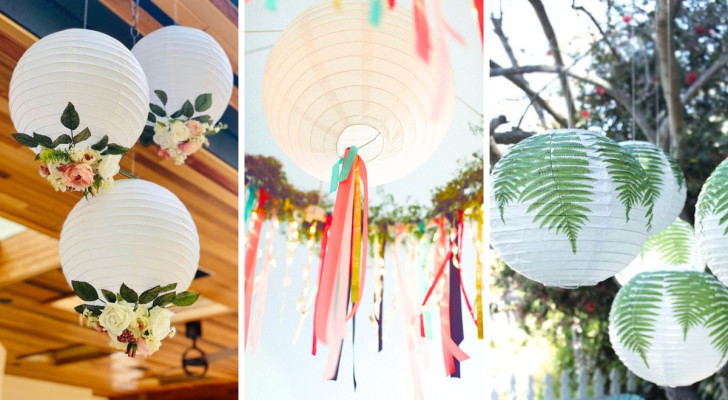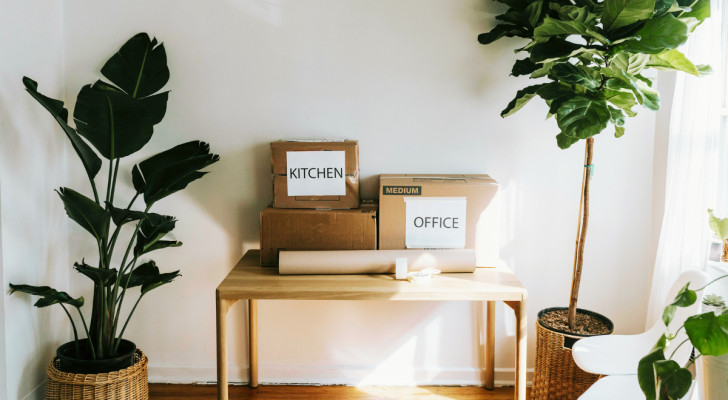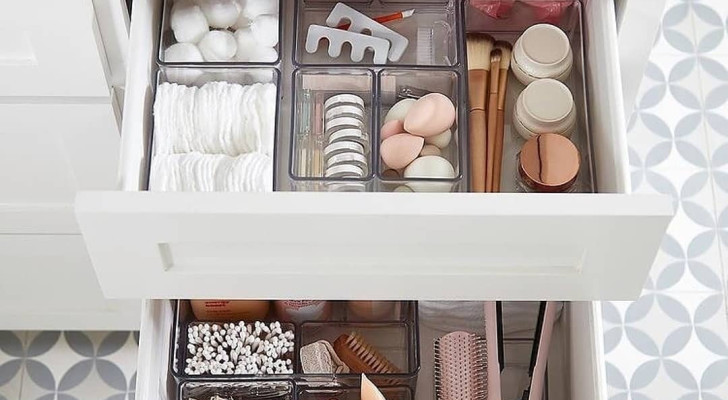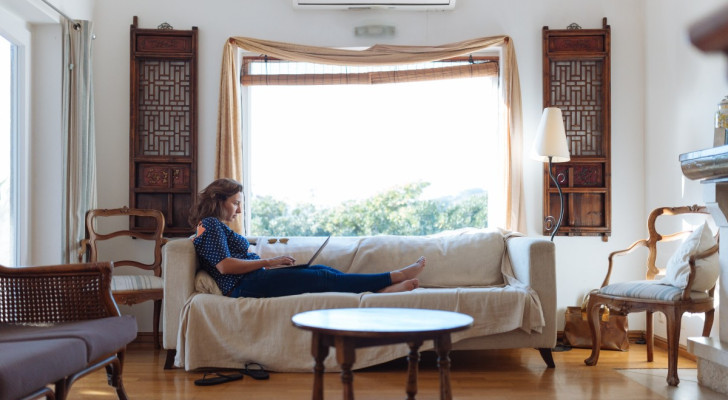Decorate with preserved plants: fill your home with extraordinary, "living" walls

Vertical gardens as interior design decorations, are becoming increasingly popular in private homes. The plants that are used for these "living frescos" have, however, been treated/preserved beforehand (we detail this procedure below). These preserved plants are then capable of thriving in this "unnatural position" for long periods and requiring almost zero maintenance.
At the end of the day, the vertical garden trend aims to bring us closer to nature by bringing it into our increasingly eco-friendly homes.
Zero maintenance for preserved plants
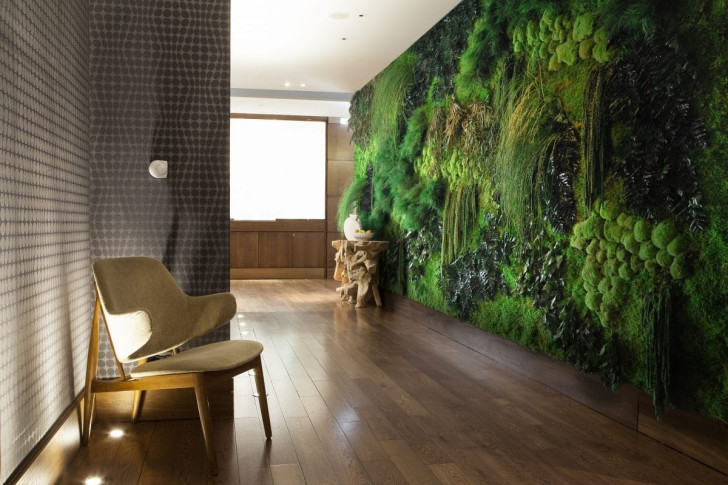
The reason for the great success of vertical gardens everywhere (and the plants that populate them), is that they require almost no maintenance and care at all.
Vertical gardens are typically displayed wall-mounted on large, vertical panels - much like a painting is! These gardens do not need sunlight or water, and can be put up just about anywhere.
And the best thing is that the plants look and feel absolutely real (ie. have not been specially treated and preserved)!
What treatment do these plants get?
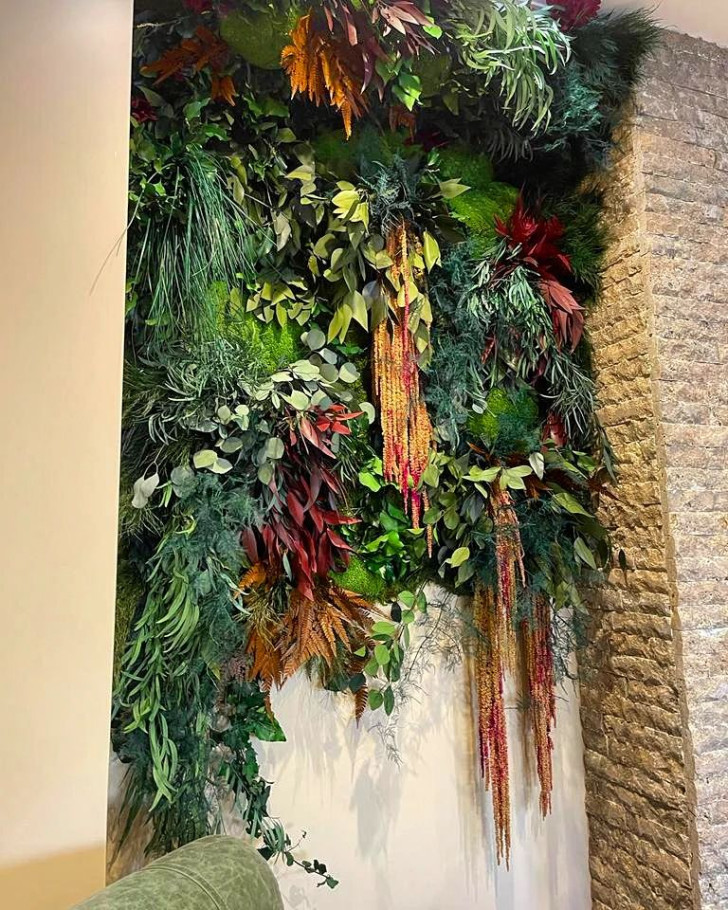
To transform a regualr plant into one suited for a vertical garden - a process known as "stabilization" or "preservation" - it is treated as follows: the sap of the plant is replaced with a mixture of glycerin and water which allows the plant to be preserved for long periods. In some cases, dyes are also added during the process.
This treatment stops the plant from growing and "freezes" it in time - a bit like how embalming works. That said, it is essential to carefully select each plant, choosing only those that are fully grown and perfectly healthy (ie. without any damaged parts which could cause stabilization to fail).
LinfaDecor is a company that performs plant stabilizations in special stabilization rooms that guarantee the best levels of humidity, heat and light for the process. The plants are immersed in large bathtubs containing the glycerin and water mixture. Over the course of a few days, the plants sap evaporates, being gradually replaced by the mixture. Thereafter, the plants are rinsed out and hung up to dry for a few more days.
Other advantages of stabilized plants
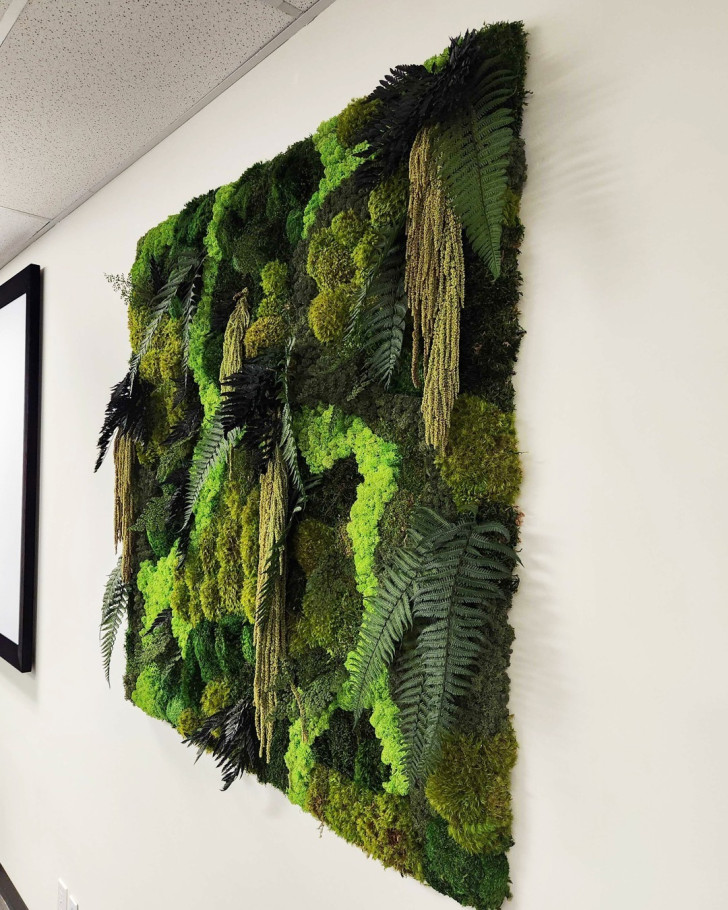
There are several advantages to using stablized plants, apart from their beauty:
- Soundproofing: the plants help to muffle and reduce noise, making the environment calmer and more peaceful.
- They don't grow, so there is no risk that branches will protrude from the frames, requiring pruning. The plants will remain exactly as they are, without any changes. , or the visual balance will be lost. They always remain exactly as they were on day one.
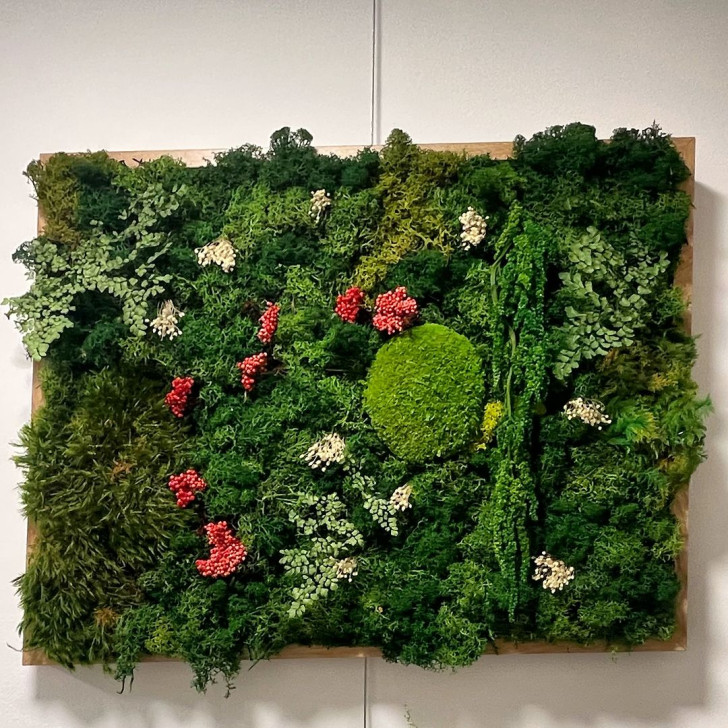
- Given their hardiness, these plants can be used almost anywhere, and without worrying the heat or cold.
- They can decorate passageways in the house where there is no sunlight, because they don't need it.
A green choice?
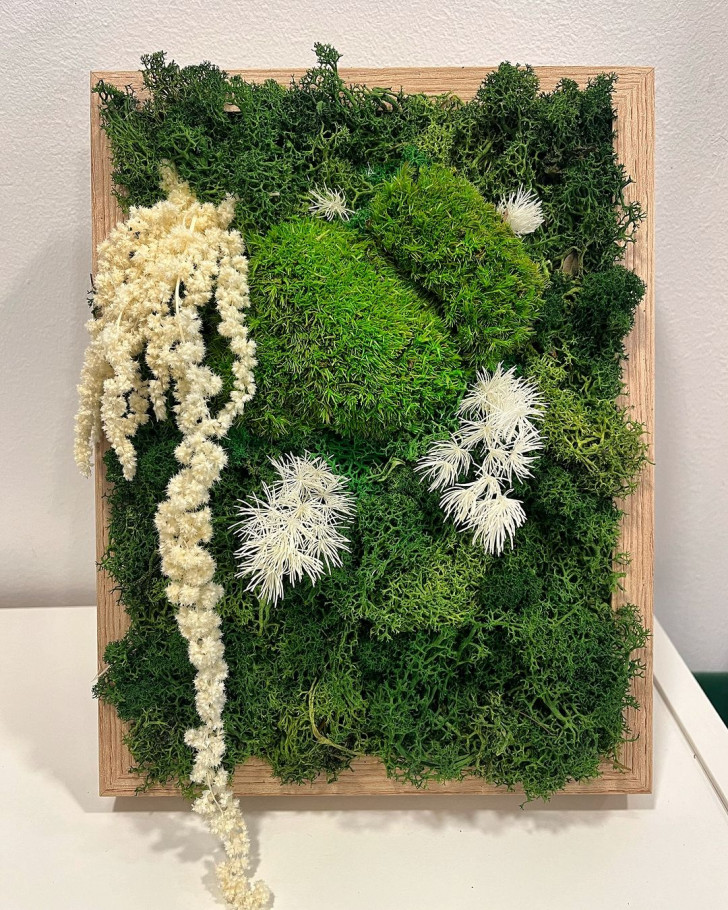
The general consensus is that using stabilized plants for vertical gardens is eco-friendly: this accounts for the fact that they have very long life and their production, installation and maintenance are low-pollution activities.
Finally, considering that glycerine and water are natural products, these plants are considered 100% biodegradable and with a very small impact footprint.
Would you like to put up a vertical garden in your home? All you need to do is a bit of research and you will definitely find plenty of companies that sell everything you need. And there are also many tutorials online that you can consult!

